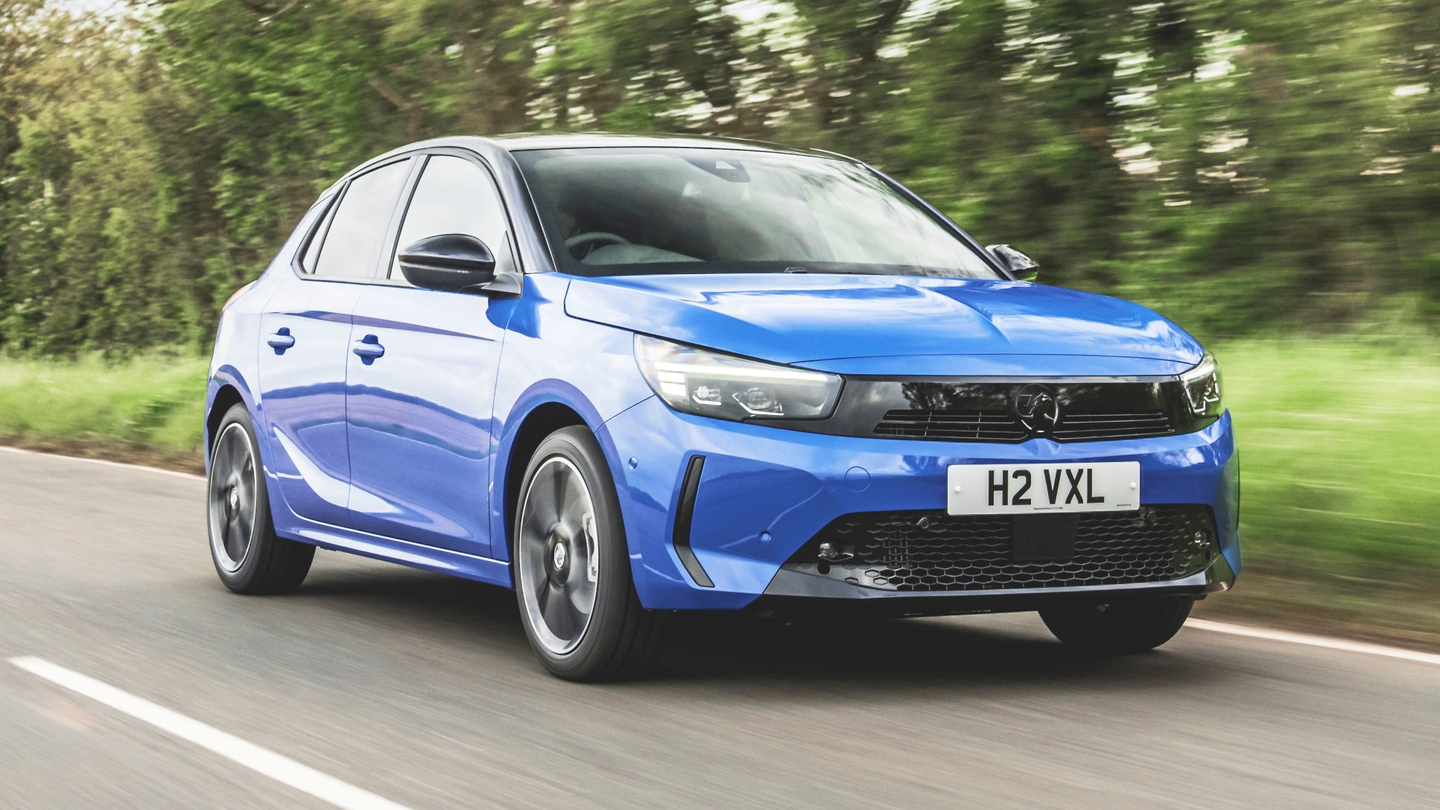
Toyota Aygo engines, driving and performance
Gallery
How does the Toyota Aygo drive?
The Toyota Aygo isn’t a sports car or hot hatch and, with that in mind, few owners will have anything to complain about in terms of the car’s handling. The steering is light and doesn’t require lots of corrections to stay pointed straight, and the gear shifter isn’t hard to operate. That said, the steering weight doesn’t build up in a linear manner, which robs some front-end bite and is exaggerated by the car’s slightly roly-poly handling during quick direction changes. The clutch action also takes a little getting used to, with the bite point near the top of the pedal’s travel.
It should be said that very few of the Aygo’s rivals are known for their dynamic handling, with ease-of-use being considered more valuable in this class. That said, the Volkswagen Up, in particular, is broadly more entertaining to drive than the Aygo, without much of a tradeoff in terms of ride comfort.
Is the Toyota Aygo comfortable?
Speaking of comfort, once again the Aygo performs reasonably well but neither excels nor languishes in this regard. The worst road imperfections are ironed out before they make it to the cabin, and the vibrations from the engine are more obvious than those from the road surface, but big bumps like potholes do send shocks reverberating through the little car’s body.
As mentioned, the engine does send the odd shimmy through the floor into the cabin, most often when idling. Other small cars with three-cylinder engines like the VW Up and the Citroen C3 also do this, but it’s a bit more pronounced in the featherweight Toyota. Annoyingly, the engine also makes quite a racket when you explore the further end of the accelerator pedal – something you’ll do often due to its modest power output. All that means the Aygo is at its best around town, but you’ll want to crank the tunes on the motorway to drown out the din.
What’s the best engine to get?
There’s just one engine choice in the Aygo lineup – a 1.0-litre, three-cylinder petrol engine making 72hp. It’s fine at city speeds and will happily cart the Aygo along the motorway at the national limit, but you’ll start to notice its comparatively weedy output when going up a steep hill. In these cases, you might need to swap down a gear or two to maintain pace.
What the engine lacks in punch, it makes up for with fuel economy. You should find 50mpg is achievable in most circumstances as long as you resist the temptation to thrash the little 1.0-litre within an inch of its life.
Watch out for the five-speed automatic gearbox. It’s your only option if you need an Aygo with two pedals, but it’s jerky and unrefined in use. While they’re quite slow, the Hyundai i10 and Kia Picanto offer slightly better automatic options in this class. A cheap supermini like the Skoda Fabia is worth looking at if an automatic gearbox is a must-have.
Toyota Aygo performance
The Aygo isn’t a performance car by any stretch of the imagination, so buyers looking for a thrill when they floor it need not apply. In fact, the Aygo’s engine is so sluggish, that you’ll often have to use quite a generous amount of throttle to keep the car moving with faster traffic.
That aspect, counterintuitively, actually makes the Aygo fairly fun to drive in the right context. You won’t convince hot hatch fans to give up their turbocharged engines, but there’s definitely an appeal to rowing the gearbox and keeping the Aygo’s engine spinning near its redline – all without breaking local speed limits.





















































